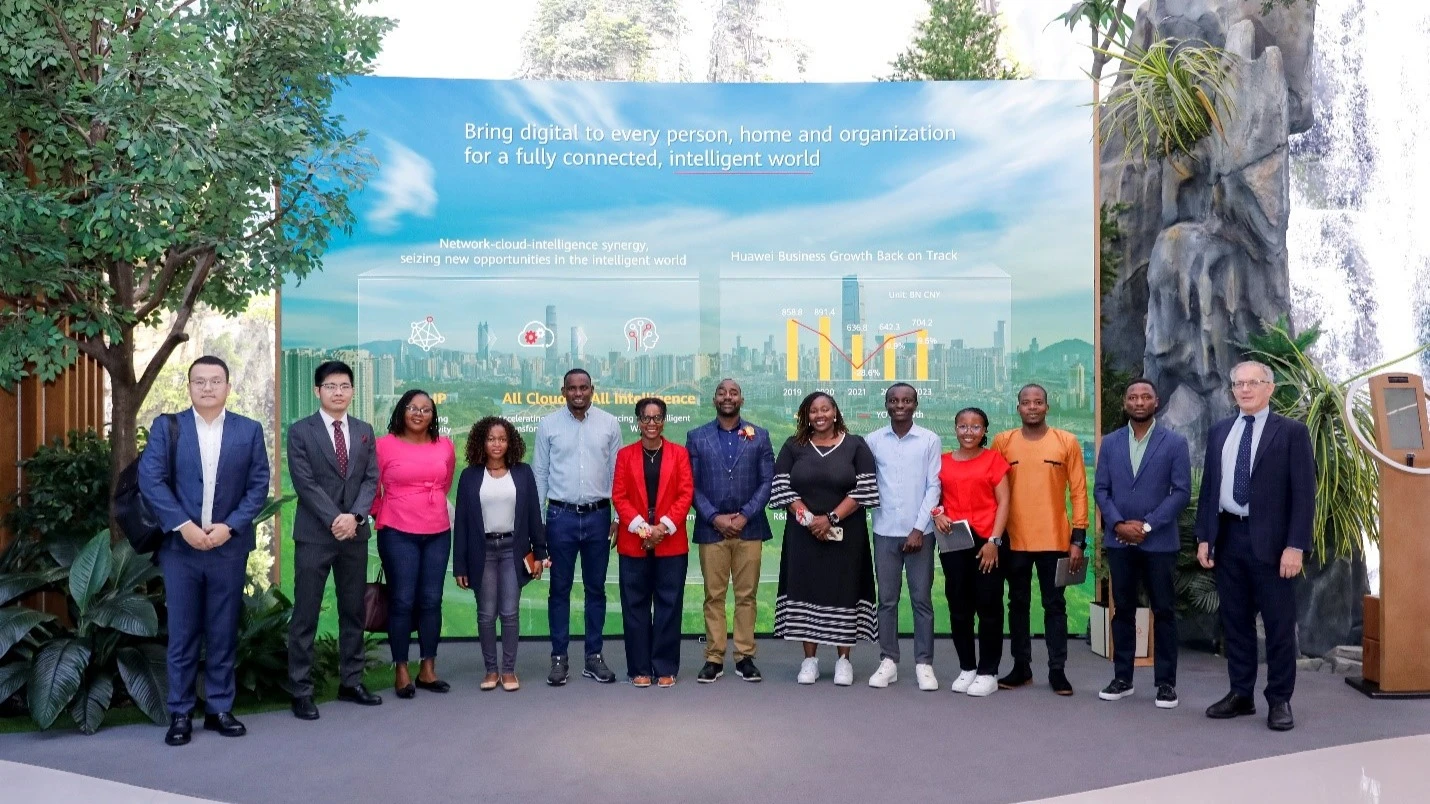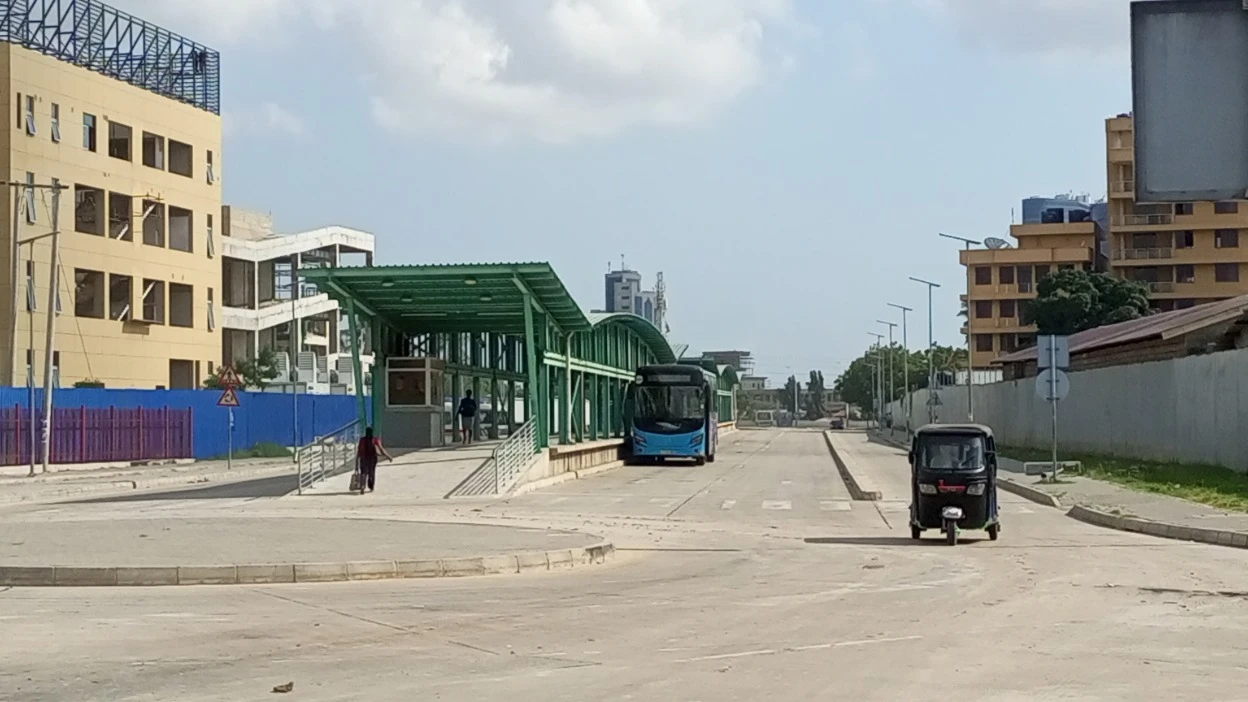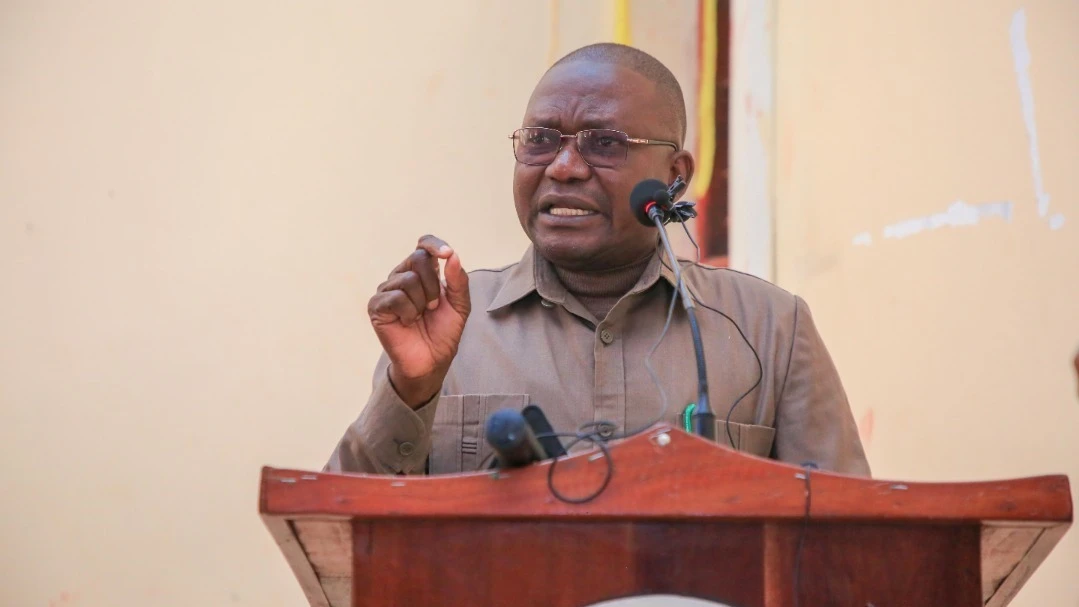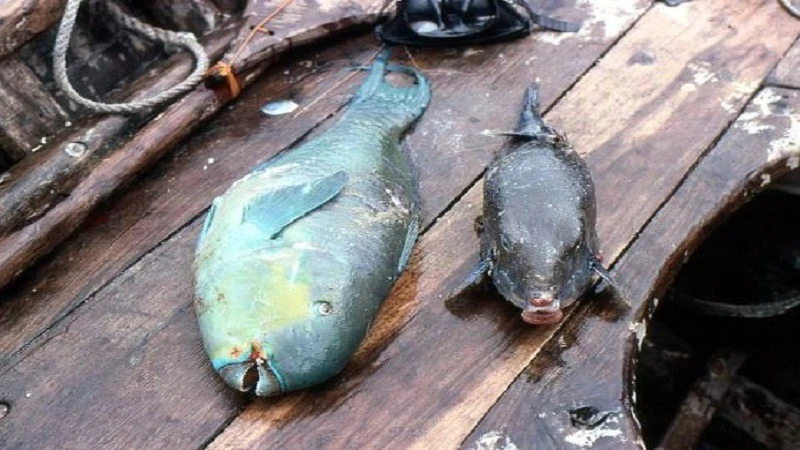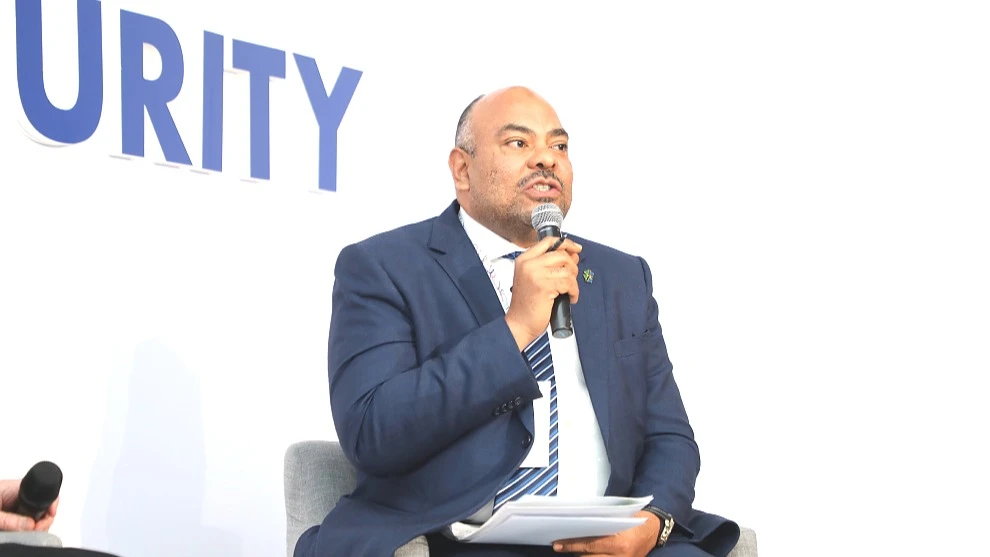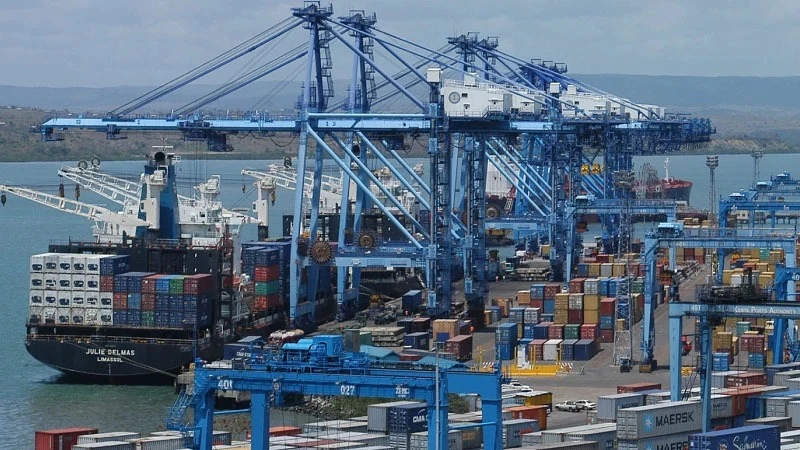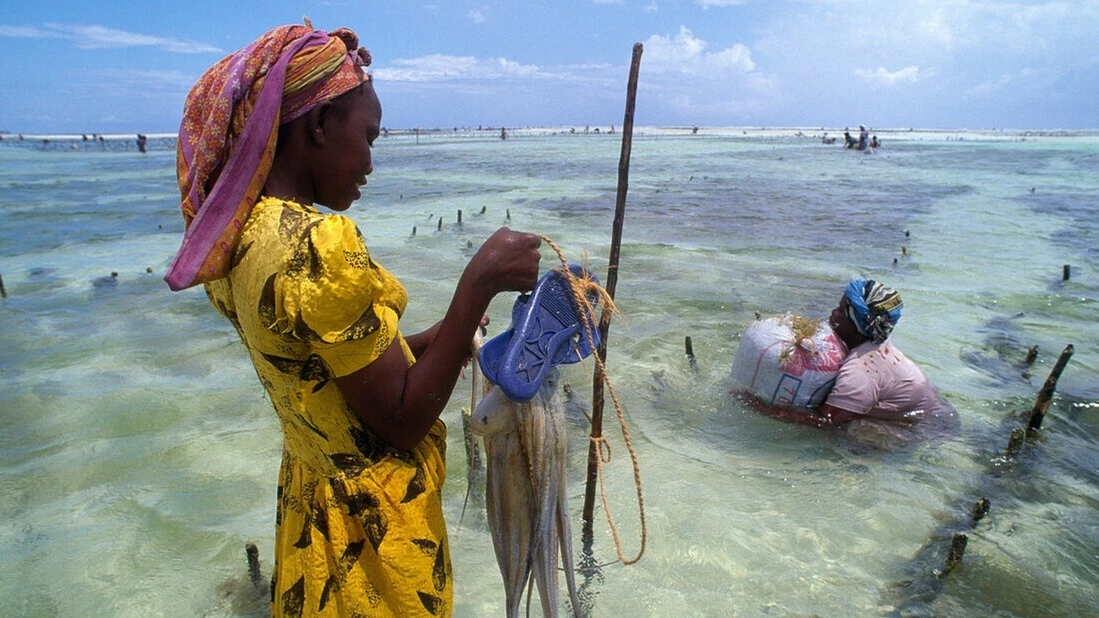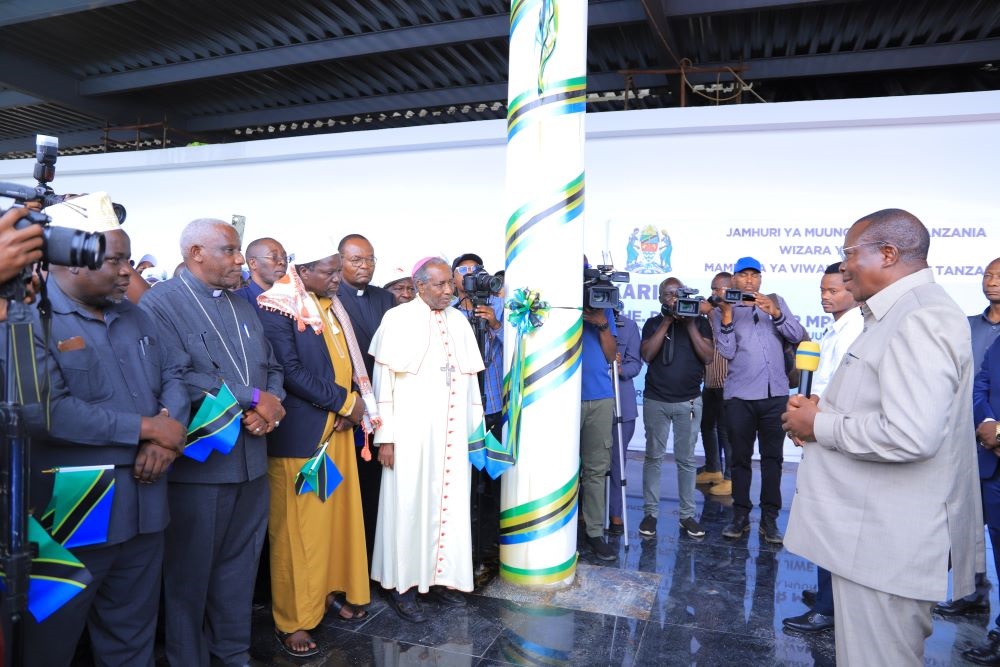Mitigating urban heat island: A key component in developing climate smart infrastructure, properties

Tanzania must start considering the development of cities that embrace climate-risk mitigation measures.
Modern infrastructure in cities must be resistant to Urban Heat Island (UHI) among other climate crisis effects if the country is to survive rising temperatures.
The ongoing development of infrastructure, commercial and residential properties projects in cities such as Dar es Salaam should be executed with the consideration of possible environmental and climate change crises.
Due to great reliance on concrete and cement for roads and properties construction, tree planting and city gardens projects are inevitable in reducing urban heat which is catalyzed by the type of construction materials.
Projects such as the construction of the Bus Rapid Transit (BRT) roads network implemented by the Dar es Salaam Rapid Transit (DART) agency are supposed to have a component of roadside vegetation but unfortunately, it is not the case.
On the other hand, municipal councils are supposed to allocate budgets and influence for the establishment of numerous city gardens but on the contrary, they fall behind in making this climate-led initiative a reality.
Far from the applied architectural technologies and materials used in the execution of these projects, city buses using petroleum products as core energy sources emit carbon dioxide which further jeopardizes air quality, increases heat stress and health risks for residents.
Dr Athuman Kihamia, DART Chief Executive Officer is on record declaring that the agency is looking forward to receive 305 additional buses for phase one, 755 buses for phase two, 675 buses for phase three and 590 buses for phase four for it to smoothly offer affordable transport services in the city domiciled by 5.38 million people as per the 2022 Housing and Population Census.
The project whose operations commenced in 2016 is currently operational with over 200 buses. The project is expected to cover six phases to its completion.
Engineer Albina Griphin, DART Environmental and Social Safeguard Manager declined to comment on the ongoing projects which do not observe the component of roadside vegetation.
She denied clarifying if the agency has a climate action plan in relation to its projects.
But in a live televised interview held on April 24, 2023 Griphin said that the agency has a tree planting and water sources management strategic plan.
According to her, the tree planting strategic plan had started on April 13, 2023. She admitted DART projects have been significantly contributing to environmental degradation and therefore the agency has a responsibility of fixing the mess.
“Contractors are required to hand over accomplished projects with roadside vegetation, particularly planted trees;
Trees that are planted are those which allow good visibility for drivers and those with small soft roots to avoid road cracking,” said Griphin.
Delfina Pweleza, DART Senior Planning Officer said all DART projects are designed with specified spaces for planting trees and for pedestrians and bicycle riders.
“So far 1,000 trees have been planted along the Morogoro road covering Ubungo to Morocco and Morocco to DIT station. We have engaged petty traders along the road in taking care of the trees,” said Pweleza.
This journalist is aware that Section 67 (2) (f) of the Environmental Management Act 2004 obligates project owners to comply with environmental restoration of degraded areas. In that regard DART is responsible for environmental restoration in the areas of its projects.
Observation surveys reveal that there are a few trees planted along the Morogoro road, particularly stretching from Ubungo interchange to Shekilango.
From Shekilango to Magomeni market complex there are no trees. However, from Kinondoni Kanisani to Morocco BRT station there are few grown trees that one can easily count.
Observation further reveals that the central business district of Dar es Salaam has only two city gardens with busy and heavily populated suburbs such as the Kariakoo market.
The accomplished 20.3 kilometer BRT project from Mbagala to Gerezani has no roadside trees. The 23.23 kilometers Gongo la Mboto to Kariakoo project which has been accomplished 62 percent as of September 2024 seems to have limited space for planting roadside trees between the BRT lanes.
This journalist has also noticed that even the concrete roads constructed under the Dar es Salaam Metropolitan Development Project (DMDP) have no roadside vegetation on both sides.
A joint environmental report by Remote Sensing Environment and ELSEVIER of July 2024 dubbed: ‘Global urban heat island intensity dataset: Generation, comparison, and analysis’ UHI effect is a phenomenon of local warming as a result of urbanization on climate.
It states that globally, consistent estimates of the UHI Intensity (UHII) are crucial for examining this phenomenon across time and space.
In addressing this phenomenon in cities, the report proposes a new dynamic equal-area (DEA) method that can minimize the influence of various confounding factors on UHII surface and canopy temperature estimates through dynamic cyclic process.
“The UHII is found to be greater than zero in over 80 percent of cities, with global annual average magnitudes around 1.0 degree Celsius in day time and 0.8 degree Celsius in the night for surface UHII and close to 0.5 degree Celsius for canopy UHII respectively,” reads part of the report.
Ringo Mowo, Executive Director, Sharon Ringo Foundation said that urban heat islands do not raise environmental threats but economic and political perspectives.
He said in line with mitigating UHI effects in cities, the Foundation through its 2023/28 strategic plan intends to plant ten million trees in schools, hospitals, public and private offices premises.
According to him, as of this month, over 51,000 trees have been planted in the cited institutions.
“Bankers and telecom companies for instance must be on the forefront in ensuring that infrastructure development projects in cities feature components for mitigating UHI effects,” said Mowo.
He asserted that the business community should be cautious that the climate change crisis push for changes in consumers’ behavior where middle and low-income earners cannot opt for bank savings and pay for communication services in the wake of extreme temperatures or floods that normally affects their income generating activities in commercial cities such as Dar es Salaam.
Rebecca Muna, Technical Advisor FORUMCC Tanzania said that development of cities should go abreast with climate change risks mitigation projects.
According to her, construction materials, architectural designs, sewage and rainwater drainage systems must be aligned to climate action plans.
She said planting trees and erecting rainwater harvesting systems is crucial in developing cities such as Dar es Salaam. In cities such as Rabat, she said, there is an abundance of well-kept trees.
“Municipal councils should also be playing their part in ensuring that cities are green by allocating budgets and enforcing by-laws that allow tree planting in areas owned by private and public entities,” said Muna.
According to her, residential and commercial properties must also be constructed in a manner that embraces climate change mitigation features.
The government has recently acknowledged that the future of Tanzania’s urban infrastructure should be climate-driven and smart.
Innocent Bashungwa, the Minister for Works, addressing the second Tanzania-Japan Quality Infrastructure Dialogue held recently in Dar es Salaam, said that smartly designed infrastructure could alleviate the government’s financial burden from rehabilitating dilapidated roads and bridges impacted by climate change.
At the dialogue, coordinated by the Tanzania Investment Center (TIC), Bashungwa highlighted Japan’s significant contributions to Tanzania’s infrastructure development, amounting to a total of 1.25trn/- since the 1980s for upgrading and rehabilitating roads and bridges.
He discussed the Dar es Salaam Infrastructure Master Plan, which commenced in 2018 and aims for completion by 2040.
This major project is supported by the Japan International Cooperation Agency (JICA) and aims to alleviate traffic congestion in the central business district of Dar es Salaam.
“Decongesting Tanzania’s cities through a smart approach is a priority as the government prepares the National Development Vision 2050. The smart infrastructure we plan to develop will address the potential risks posed by climate change,” said Bashungwa.
He further noted that environmental conservation in Tanzania’s major cities is crucial for achieving Sustainable Development Goals (SDGs) and other global commitments aimed at creating a better world for all living beings.
“Smart living should extend beyond merely erecting concrete structures; it should focus on conserving the environment and sustaining nature. Our urban development must prioritize climate resilience,” he said.
The minister asserted that the government is currently collaborating with development partners, including JICA, to address traffic congestion in Dodoma, with similar initiatives in Mwanza, Arusha, and Mbeya.
“Infrastructure efficiency is vital in today’s world for enhancing the competitiveness of sustainable economies;
Infrastructure design should not only facilitate economic progress but also combat environmental and climate change threats,” said Bashungwa.
Top Headlines
© 2024 IPPMEDIA.COM. ALL RIGHTS RESERVED


